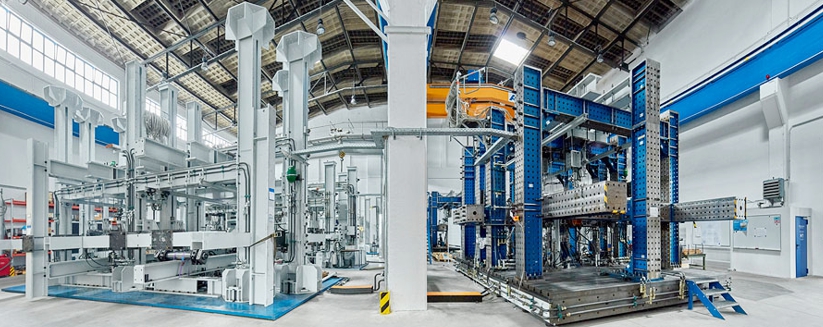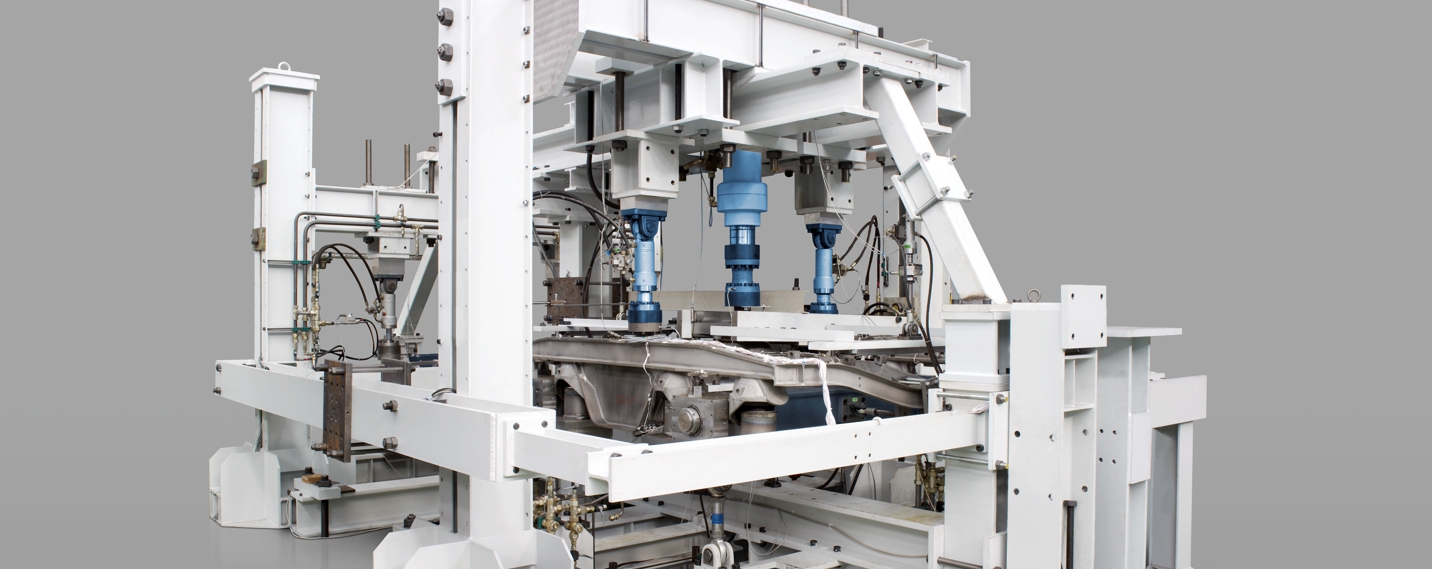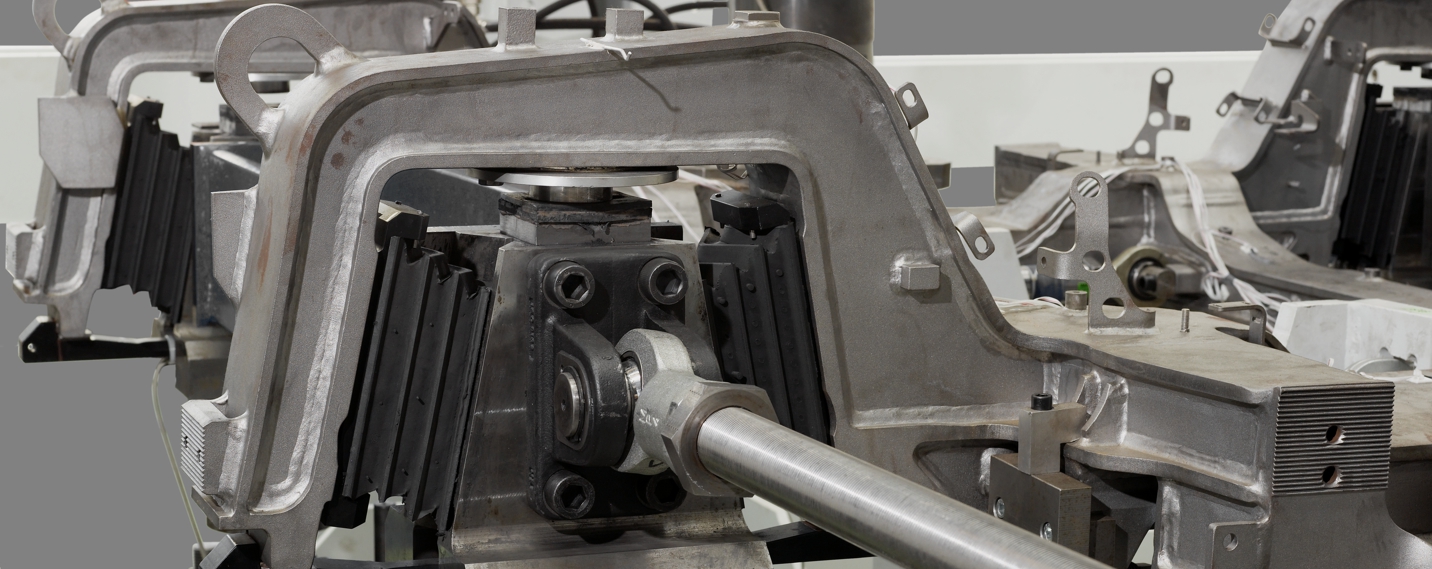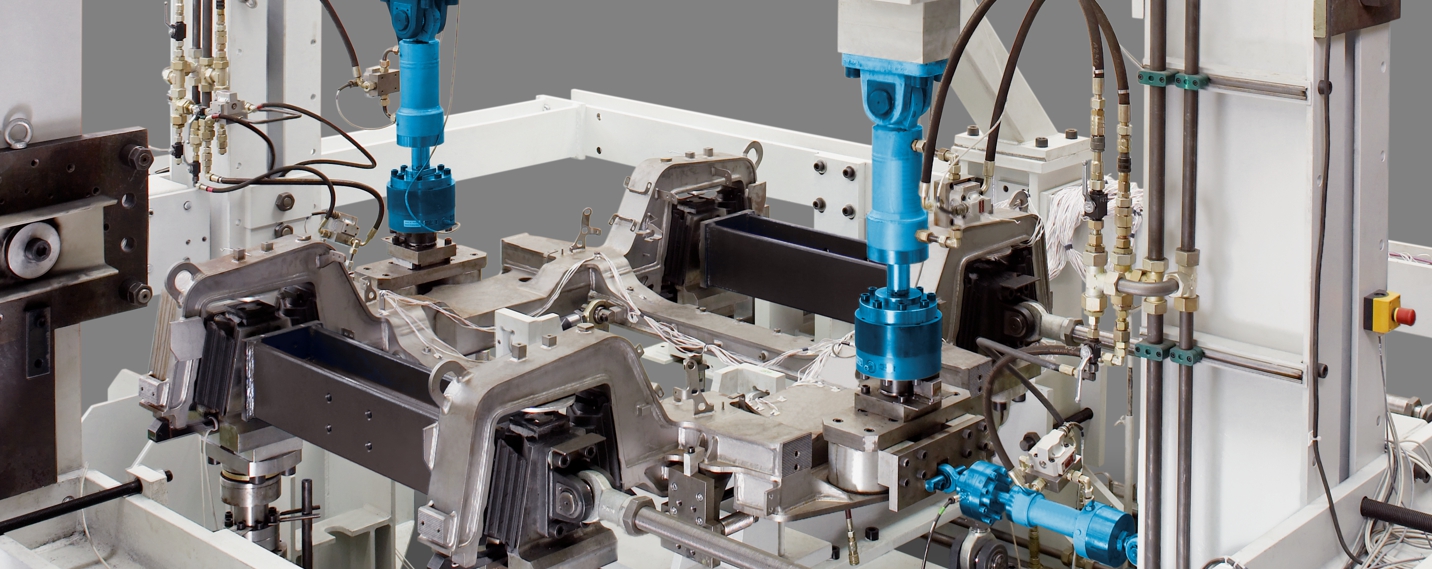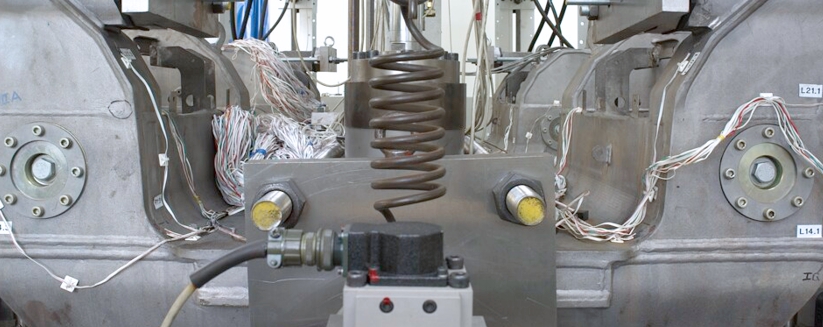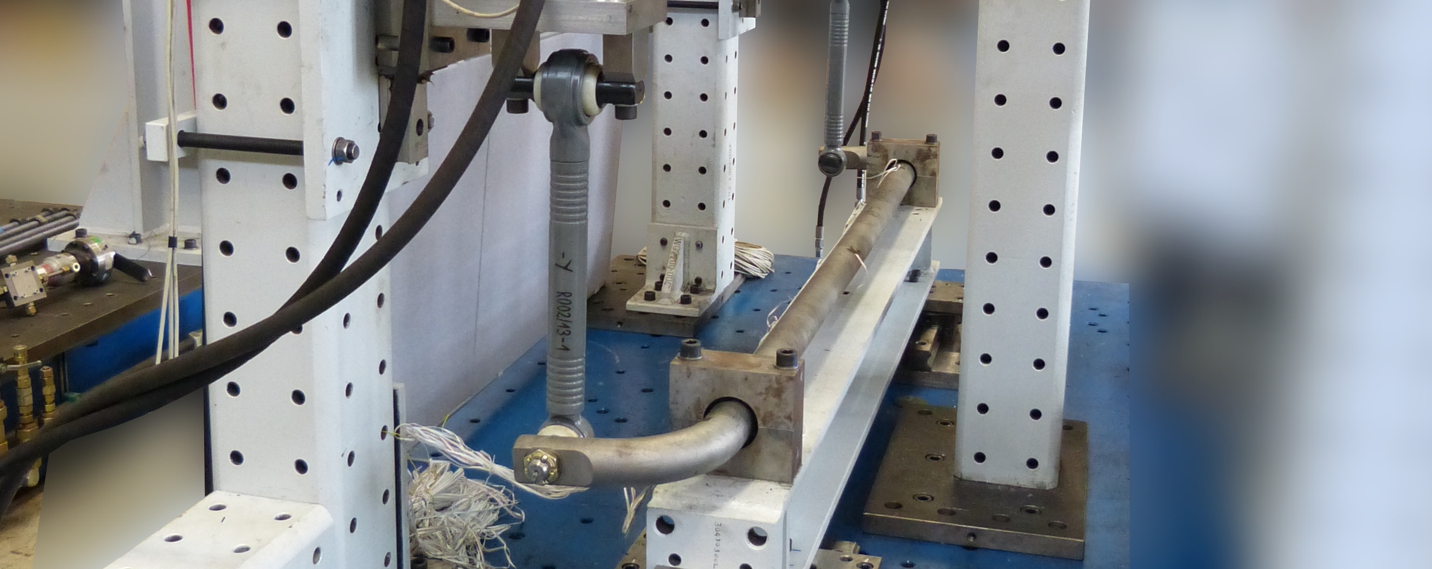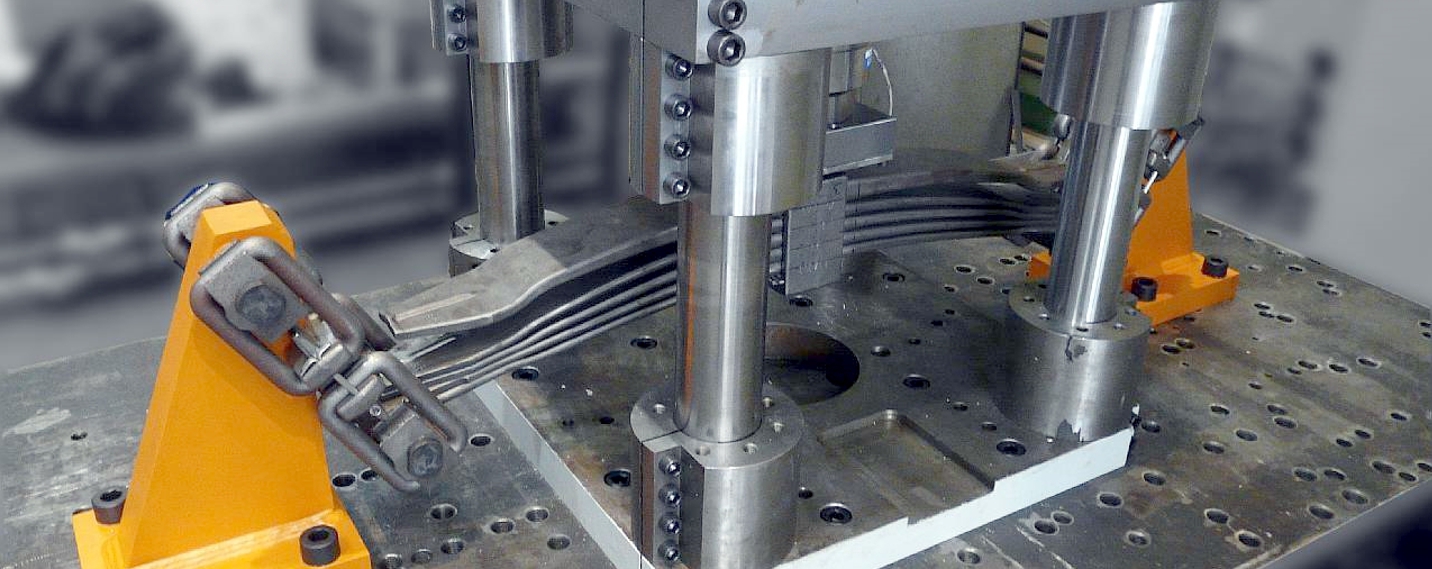Test and Research center
for rail vehicle components
As an independent and reliable development and testing centre for rail vehicles, we support
manufacturers and suppliers in the development process and assist transport companies with
damage analysis and product optimisation.
As such, we offer solutions that provide developers and engineers with reliable support in ensuring product and operational safety and quality assurance. As such, we bring together engineers and technicians from several fields of expertise – measurement and control engineering, computing, construction, test design and assessment. Pooling our expertise in this way allows us to harness synergies and create added value for our customers. We aim to provide testing and engineering solutions that help customers to test forward-looking products thoroughly and validate them quickly, while complying with strict legal requirements.
In specific terms, this means that we test and validate bogies, railcar bodies and lots of rail vehicle components in our testing halls, including electrical components. If required, we also uncover structural damage using non-destructive testing techniques, and analyse damage and material properties.
In addition, we conduct measurement runs, assess measured data and use these to define test programmes all over the world. We calculate and create virtual simulations of loads, assess the strength of products and areas of stress, and carry out strength and lifespan assessments. We also provide support for product development, taking strength-related, technological and structural boundary conditions into consideration.
Our portfolio
In terms of material and component testing, you couldn’t be in better hands than with us. Every year, bogies and railcar bodies fill the IMA test halls. They come to Saxony from Europe, America and Asia for experimental tests and approval tests. They are in good company here, with many further rail vehicle components such as axle-bearing housings, springs, swing arms, stabilisers, interior components, and so on and so forth.
Please accept functionality cookies to display content.
Strength tests on bogies
Whether you need carrying or motor bogies for locomotives, freight or passenger trains, we offer complete execution of strength testing, including transport and structural analysis, for the approval and development of bogies and bogie frames.
We are an accredited and certified testing centre for approval testing in line with DIN EN 13749 (wheel sets and bogie determination procedures for bogie frame stability requirements) and the UIC regulations for the approval and examination of vehicles in accordance with Section 32 of the Ordinance on the Construction and Operation of Railways (Eisenbahn-Bau- und Betriebsordnung, EBO).
But even during the development and construction phase, our operating load tests, also called dynamic or endurance tests, provide clear readings and reliable results for potential product or manufacturing adjustments. It is important to have fast and reliable partners in the short-term development and procurement phases. With our extensive testing capacity and over 25 years of experience in rail vehicle testing, you are in safe hands. Make the most of our laboratory testing and increase your optimisation potential in relation to subsequent costs.
Our testing options
- Static or dynamic tests
- Two- or multiple-axle frames
- Normal and head-first position
- Up to 30 load components
- Ongoing damage control
- Measurement of strains and deformations, with visual measuring techniques on request
- All-round IMA service: we offer the full range of additional services that might interest you in our large testing facility, including non-destructive testing, damage analysis, test programme development, measuring runs, FEM analysis, and so on.
Railcar bodies and substructures
Our testing halls are a little bit like being in a train station: a car body drives out, and the next one drives in. Whether we’re looking at double-decker cars, tram cars or middle carriages, our experience in all things strength testing is uniquely extensive, as is our testing capacity. For car body structures, the focus is primarily on structural aspects, manufacturing techniques and lightweight construction. One thing is certain: our specialist areas allow us to support you far beyond the actual laboratory tests. By conducting appropriate measurements, measuring runs and continuous monitoring, we can record stresses that occur during real use. Load assumptions are created and serve as a basis for calculations using the finite elements method (FEM) and our various in-house tests. During the development phase, we make statements about the design of components and give you the chance to compare different types of design. Examining tension, deformation and stability allows us to evaluate their strength and safety.
Please accept functionality cookies to display content.
Testing options
- Static tests on car bodies in line with standard EN 12663 or other brand-specific standards such as APTA-PR-CS-S-034-99 for the US market.
- You own load requirements can also be taken into consideration
- Stuctural loads can be applied using servo-hydraulics or defined weights
- Longitudinal pressure is applied with servo-hydraulics or high-pressure hydraulic elements at a force of up to 5,000 kN
- We carry out dynamic testing with 32 servo-hydraulic load components or more
- Static and dynamic testing of the whole car body at concurrent temperature loads, e.g. up to +75°C
Rail vehicle components
In order to ultimately prove the strength of the components and guarantee their stability, we devote the utmost attention to your railcar components, examining every detail you require and providing optimised testing scenarios. Important factors are your requirements and the present rules.
From test planning to test report
- Axle-box casings
- Axle guides
- Brake components
- Container bars
- Crash elements
- Absorbers
- Bogie frames
- Springs
- Back former carriers
- Cantilevers
- Couplings
- Longitudinal coupling elements
- Magnetic brake frames
- Wheel links
- Traverses
- Substructures
- Car bodies
- Torsion bars
- Bolsters
- and many more.














